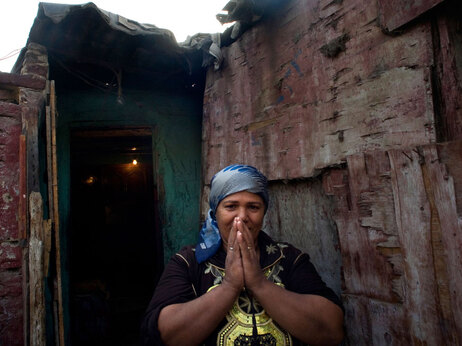Luxor (aka ancient Thebes), Upper Egypt
Almost a Disaster
So, I thought we were leaving at 2:15
PM this afternoon for Luxor. But at 1:45AM, as I was going to bed, I thought I'd take one more look at the schedule, just to be sure. Good thing, too, cuz we were leaving at 2:15
AM, and I had exactly 15 minutes to pack, and 15 minutes to get to the bus! But I made it, which is good, considering how much money I spent on this trip!
So, of course, I was then up virtually all night flying to Luxor (much preferable to taking the night train, I might add!)
Karnak Temple
After dropping off our bags and having breakfast on the riverboat, we headed for the magnificent Karnak Temple, begun by Pharaoh Ramses II but expanded by about 30 other pharaohs over 1000 years of Egyptian history. As usual, Dr. Shahinda gave us a wealth of information I couldn't possibly convey, but which I've highlighted in the captions of my pictures. I have to say, above all you have to consider the scale of the place. Everything is enormous, and every inch of the walls, columns and ceilings would have been decorated with raised and sunken reliefs, painted in bright colors. It's even more impressive when you remember that this was the Stone Age, and for the most part these artisans didn't have metal tools, only stone implements. You also have to imagine a roof over most of the complex, which admittedly would have made it much more difficult to appreciate the painted reliefs, but was nonetheless and impressive feat of engineering. To this day, scientists and archaeologists are not quite sure how much of it was accomplished.
All pharaonic temple complexes were dedicated to a trio of deities: a god, a goddess and their child. The so-called Theban Triad was composed of the sun god Amon, the mother goddess Mut, and their son Khonsu the moon god. Just inside the main pylon entrance to Karnak are three small chapels dedicated to the Triad, but they appear again and again throughout the complex, as do the many pharaohs who contributed to its construction.
One of the highlights are the obelisks of
Hatshepsut, one of which was hidden by her step-brother in a fit of pique. See, upon the death of Hatshepsut's father, Tutmoses II, she was named pharaoh instead of her baby step-brother Tutmoses III, and then she proceeded to rule for 22 very successful years, longer than any other female pharaoh, winning lots of battles and building lots of impressive monuments, all of which pissed off her little brother. When she finally kicked the bucket and let him be pharaoh, he went around much of Upper Egypt scratching out every picture of her, every mention of her name, etc. Only there was a catch; obelisks were considered representations of the gods, and as such could not be defaced in any way. As a compromise, Tutmoses III had Hatshepsut's obelisk encased in a wall, so that her name, while still present, would be completely obscured from view. Consequently, it is the best preserved obelisk remaining to us!
Luxor Temple
Because one temple is not enough, twice a year the Theban Triad went on vacation to the other side of town and the Luxor Temple. It's thought that a street lined with sphinxes stretched the entire distance between them, and a colorful parade and lines of supplicants bearing sacrifices would have accompanied the statues, which is depicted on one wall of the first courtyard.
One of the more interesting features of Luxor Temple is the Abu Haggag Mosque, one of very few examples of a mosque being consecrated on ground sacred to another religion, especially a non-Abrahamic one! Even
Hagia Sophia in Istanbul was a church before it was a mosque, and not a pagan temple! As Chris Tuttle explained to us in Little Petra, throughout human history, religions have re-sanctified the places that were already holy to local peoples. Until Islam, that is. With a few notable exceptions (the Ka'aba in Mecca, the Temple Mount, Hagia Sophia), as Islam spread across the world, mosque-builders tended to avoid existing temples and churches, and instead sanctified new ground to satisfy the demands of the Muslim version of God. In this case, they didn't actually know there was a temple there when they built their mosque, but by the time the temple was discovered under their foundations, the mosque had become an important local monument, dedicated as it was to a local saint. So the archaeologists installed a new door on the opposite side, and a second minaret for good measure, and just excavated around it!







